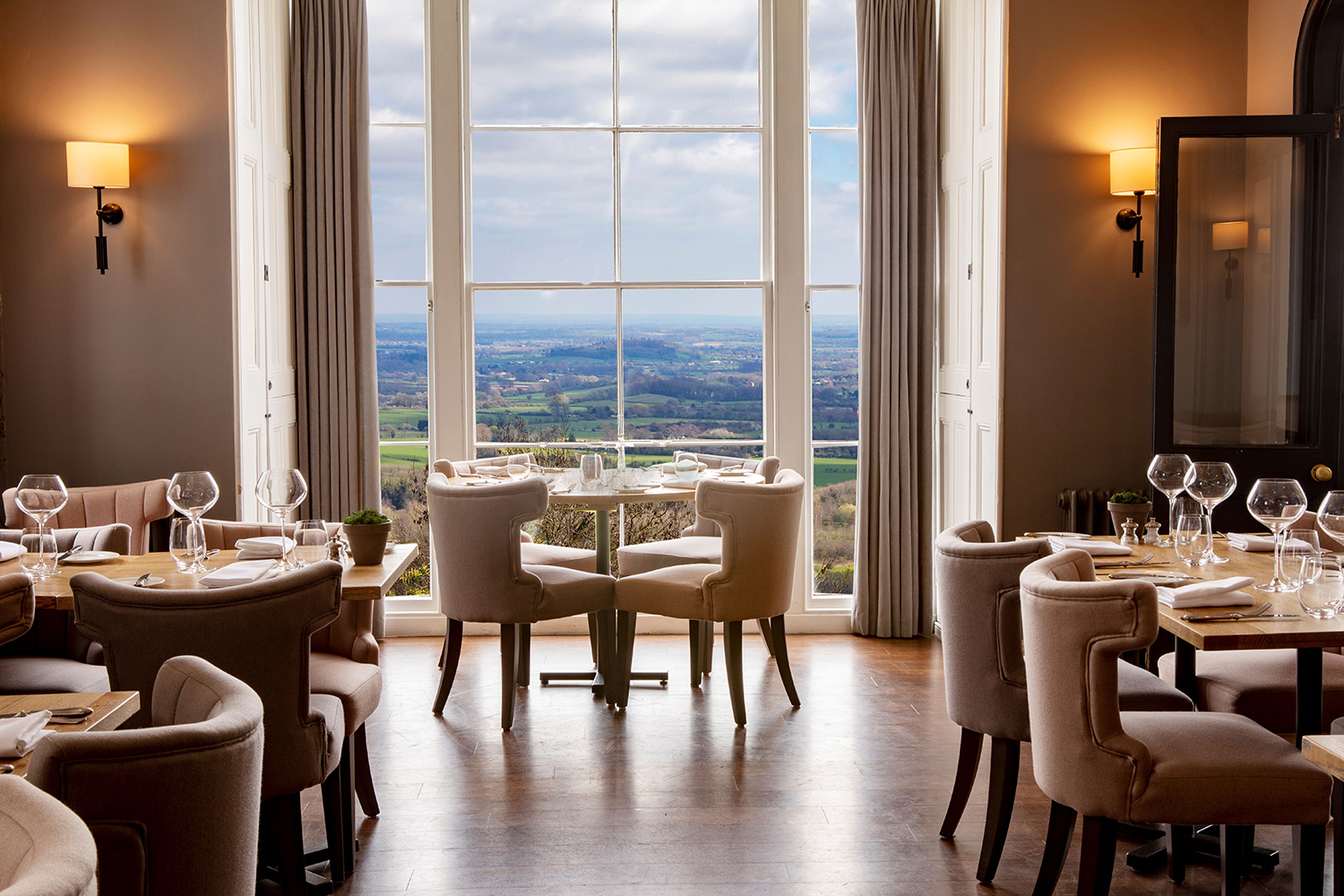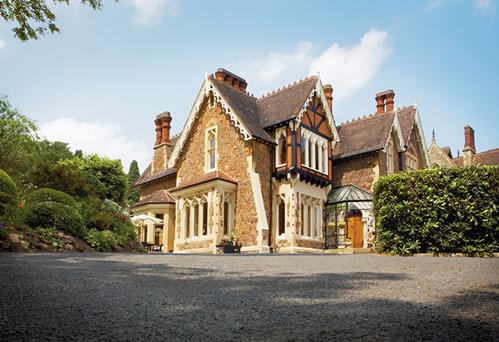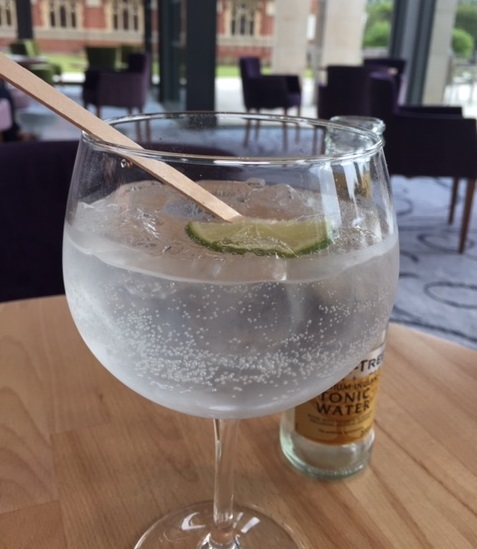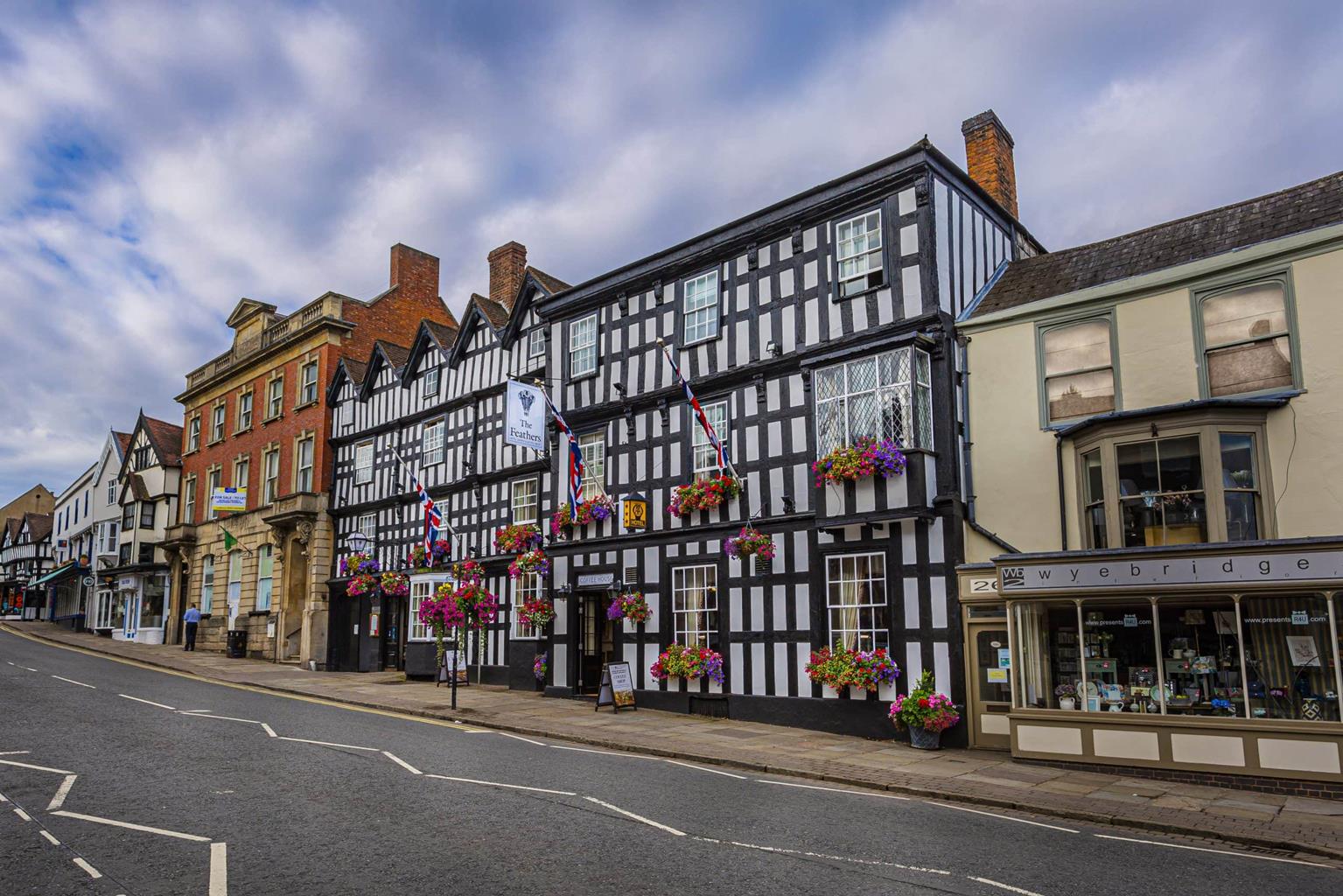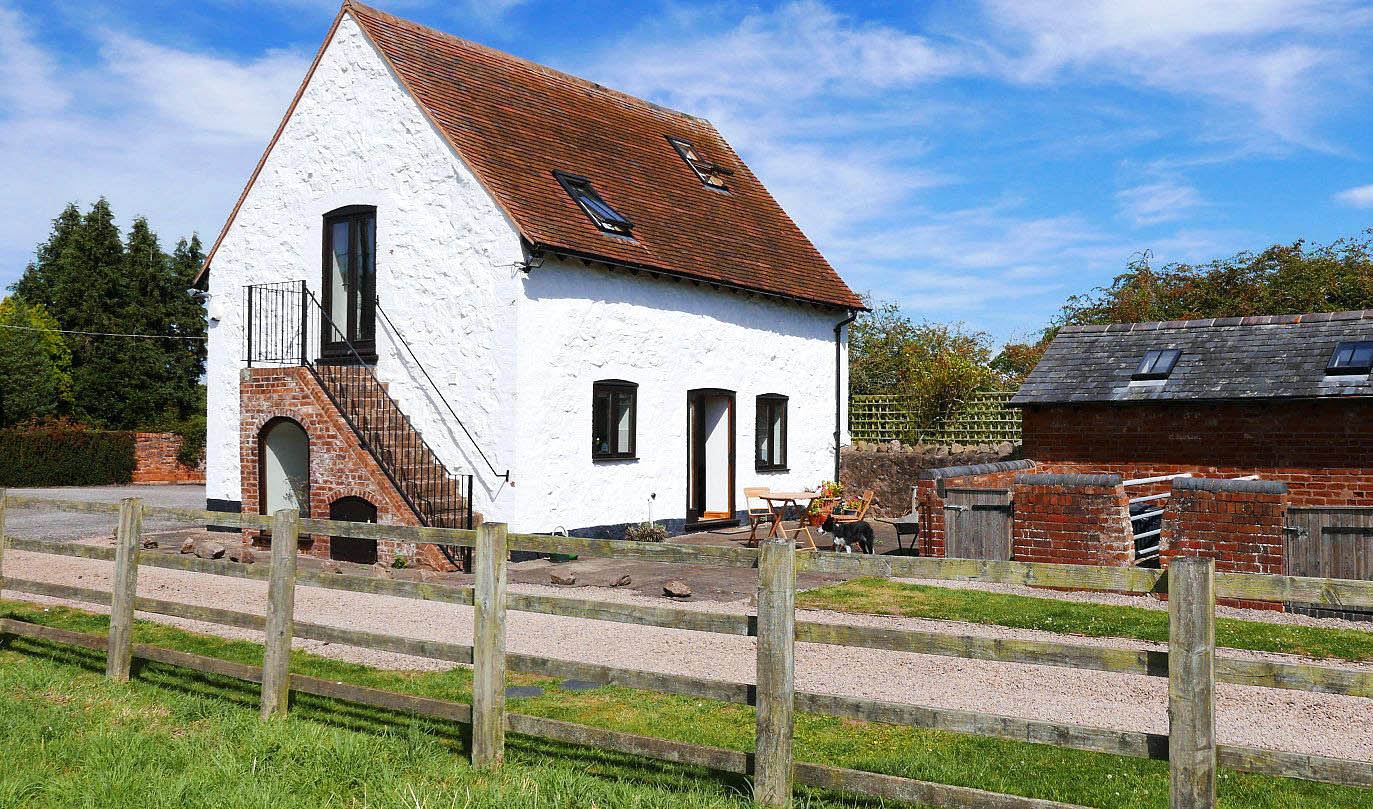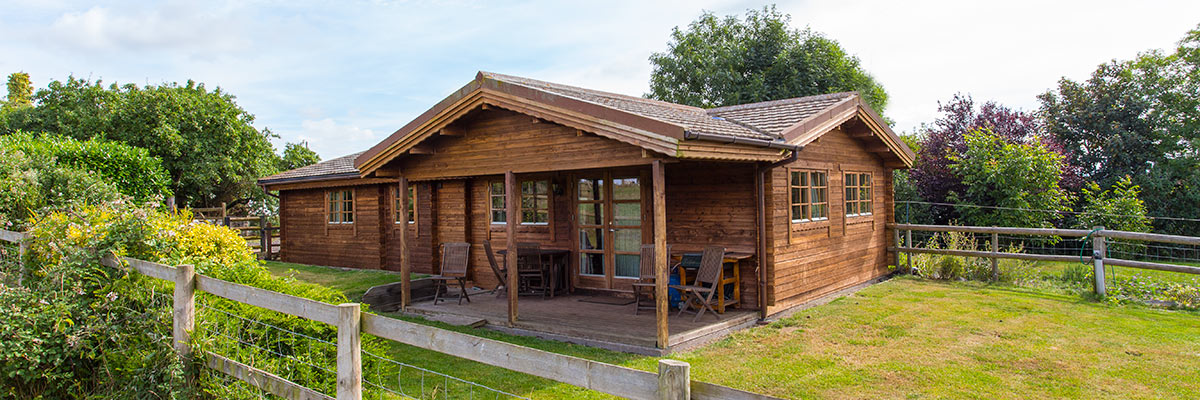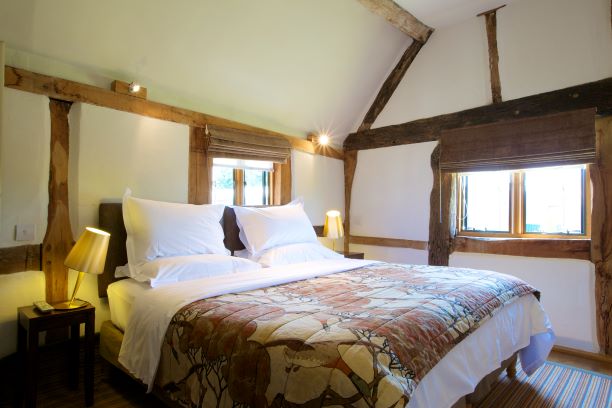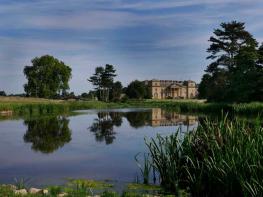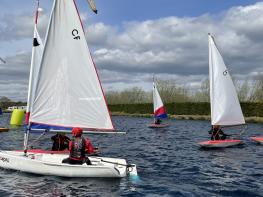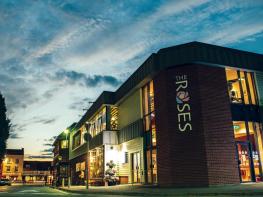Built in the 1850s from local granite, this converted, three-level barn features tiled and wood…
Around Upton upon Severn

5.75 miles (9.2kms)
About the walk
The pretty town of Upton upon Severn sits at one of only a small number of crossings over the River Severn and as a result has long been of great cultural and strategic importance. During the English Civil War, Upton’s craftsmen are believed to have aided the Parliamentarians in their preparations for the Battle of Worcester in 1651. They built two pontoons, which were hauled by the Parliamentary army from Upton to the confluence of the Teme and Severn rivers. They used these two ‘bridges of boats’ to cross each river, giving them a great strategic advantage. Today Upton stands as a cultural magnet too, with festivals and music events aplenty throughout the summer months.
At Upton upon Severn, the River Severn is only 36ft (11m) above sea level. Following storms and heavy rain, on 22 July 2007 a gauge at Saxon’s Lode, just 1.5 miles (2.4km) downriver, measured a whopping 19.5ft (5.94m), exceeding the 18.9ft (5.76m) high-water mark recorded in 1947. Upton gained notoriety, and was dubbed ‘Upton under Severn’, when its flood defences could not be delivered in time due to surface flooding on the M5. According to the Environment Agency, even had those barriers been deployed, they would have been overrun.
This walk passes close to Tiltridge Vineyard and to the orchards and fields of Clive’s Fruit Farm. At the end of January, it’s possible to join in here with the ancient tradition of Wassailing – singing to the apple trees to encourage a good crop in the coming year. It’s a good excuse to enjoy a cup of mulled cider, too.
Marked today only by a stand of large conifers, Hanley Castle stood in the 13th century as part of the Earl of Gloucester’s estate. It was already a ruin at the time of Henry VIII and was mostly demolished, but some residual stone was later used to repair Upton’s bridge.
Walk directions
Begin opposite the Church of St Peter and St Paul, built in 1878–9 in a neo-Gothic style. Head away from Upton, along the A4104, and in 100yds (91m) turn right onto the old road, following the edge of the sports fields. Ignore the first signposted footpath and just before rejoining the A4104, turn right up a private road. At the bend near the Upton Surgery take stiles on the right. Near the field end go left, over a stile, ascending through a plantation. At a sunken lane turn left, to reach houses and a street.
Walk beside a playing field, then turn right, passing a children’s play area. Take the second public footpath on the right, signposted ‘Hanley Castle’, along a field and straight through an orchard. Cross a road, going down another orchard row, admiring the Conference pears and Czar plums of Clive’s Fruit Farm. At the end move left to cross the old railway by wooden steps, noting the original iron and concrete stiles. Cross through the gateway on the left to contour upwards to the steps on the other side of the cutting. From the far side, follow a sunken lane to a road and turn left. At a junction, turn right, soon taking a gravel driveway left between two bridges. Go right of the house to a stile beyond its sheds. Pass a hazel coppice on the right. A stand of huge conifers marks the site where Hanley Castle once stood.
Past the conifers, turn right to cross a stream. Go through a gateway (no gate) and a stile beyond it. In a few paces turn left through a rusty kissing gate just to the left of the large gate. Take the left-hand field edge and then enter the churchyard, ignoring way-markers. The church’s tower, north chapel and chancel were added in 1674, whereas the stonework is largely 14th century.
Walk down the village street to the B4211. Turn right along the pavement for 220yds (201m). Cross over the road to the stone cross. Quay Lane leads down to the river. At the river, turn right, over a stile, to go along the edge of a large arable field. After 0.5 miles (800m) rejoin the B4211’s pavement, before going under Upton Bridge then passing three pubs.
Keep beside the river on a road, to eventually go through a gate marked for Upton Ham. After 750yds (686m), at a fishery sign, turn right to cross the field. A kissing gate gives on to a vehicle track, then road. Go straight ahead, then right at the first proper crossroads, to join School Lane to the town centre. (Turn right for the tourist information centre in High Street.) Turn left along Old Street to return to the car park.
Additional information
Meadows, lanes, tracks, village streets, riverside, several stiles
Low-lying meadows, fruit farms, villages, small town
Some opportunities for trustworthy dogs to be off lead
OS Explorer 190 Malvern Hills & Bredon Hill
Free car park opposite Church of St Peter and St Paul
At car park off B4211
WALKING IN SAFETY
Read our tips to look after yourself and the environment when following this walk.
Find out more
Also in the area
About the area
Discover Worcestershire
Worcestershire is a county of rolling hills, save for the flat Vale of Evesham in the east and the prominent spine of the Malverns in the west. Nearly all of the land is worked in some way; arable farming predominates – oilseed rape, cereals and potatoes – but there are concentrated areas of specific land uses, such as market gardening and plum growing.
Worcester is the county town, and home to Worcestershire County Cricket Club, which has what some regard as the most attractive grounds in the country, in a delightful setting with views of Worcester Cathedral. The Malverns, Great and Little, set on the slopes of the Malvern Hills, are renowned for their refinement. Great Malvern, terraced on its hillside site, came to prominence as a genteel spa for well-to-do Victorians, rivalling the likes of Bath, Buxton and Cheltenham with its glorious surroundings.
Sir Edward Elgar was a Worcester man, and his statue stands on the High Street, facing the cathedral. The cottage where he was born is now a museum and he is commemorated on the £20 note. Other notable Worcestershire figures include poet A E Housman, chocolate magnate George Cadbury; and Lea and Perrins, inventors of Worcestershire sauce.
Nearby stays
Restaurants and Pubs
Nearby experiences
Recommended things to do
Why choose Rated Trips?
Your trusted guide to rated places across the UK
The best coverage
Discover more than 15,000 professionally rated places to stay, eat and visit from across the UK and Ireland.
Quality assured
Choose a place to stay safe in the knowledge that it has been expertly assessed by trained assessors.
Plan your next trip
Search by location or the type of place you're visiting to find your next ideal holiday experience.
Travel inspiration
Read our articles, city guides and recommended things to do for inspiration. We're here to help you explore the UK.


